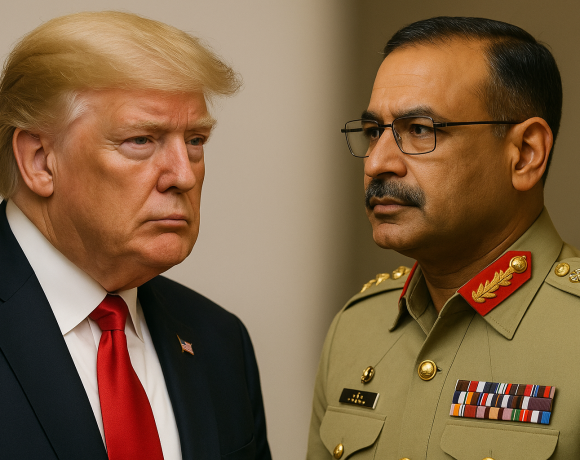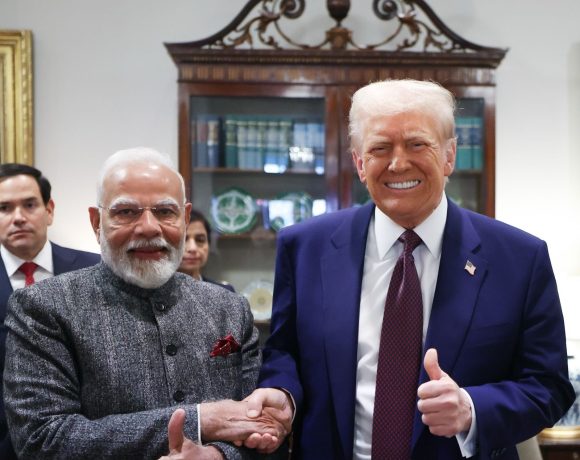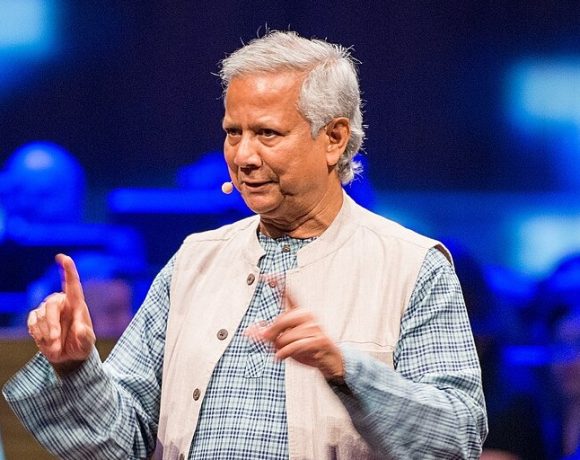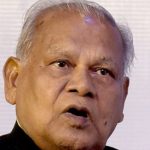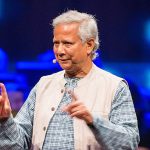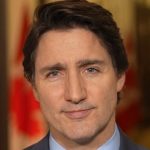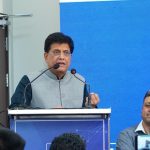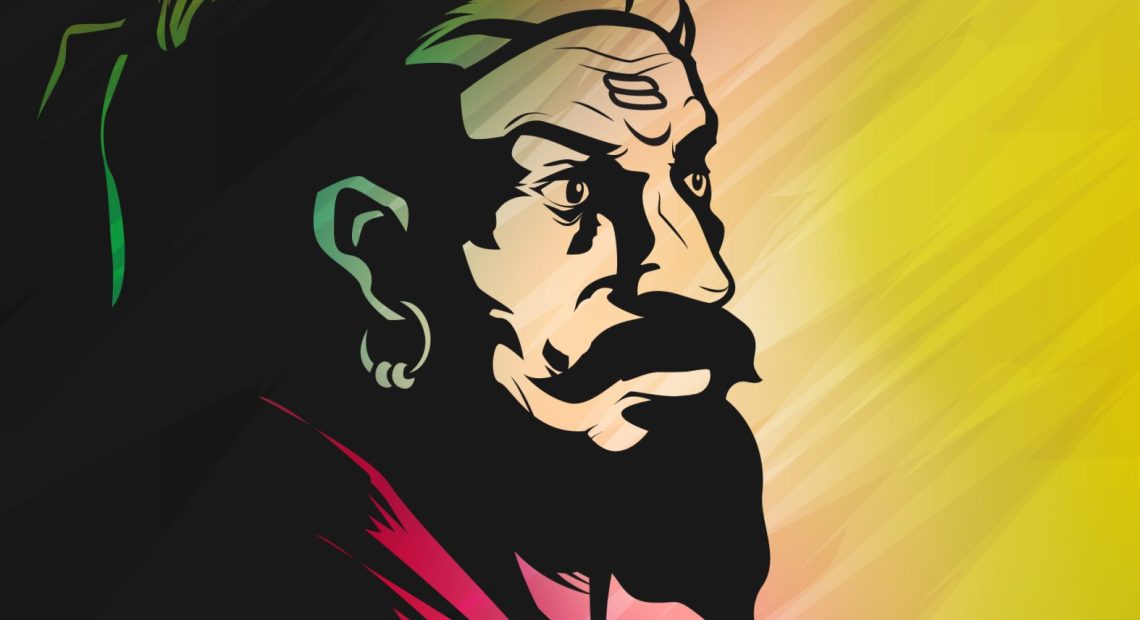
Chhatrapati Shivaji Maharaj: A Legacy of Courage and Honor
Chhatrapati Shivaji Maharaj was one of the greatest warriors and rulers in Indian history, whose vision and leadership established the Maratha Empire. Born on February 19, 1630, at Shivneri Fort in present-day Maharashtra, he was raised under the guidance of his mother, Jijabai, and inspired by the valor and traditions of his ancestors. His father, Shahaji Bhosale, was a high-ranking officer under the Bijapur Sultanate, serving as a military general. Despite this allegiance, Chhatrapati Shivaji Maharaj harbored a deep-seated desire to free his people from foreign rule and establish an independent kingdom. His early years were shaped by the stories of Indian kings and epics narrated by his mother, instilling in him the values of self-rule, justice, and bravery.
Though his father served the Adil Shahi Sultanate, Chhatrapati Shivaji Maharaj saw the oppressive rule of the Sultanates and the Mughals as a significant threat to his people. He grew up witnessing the persecution of local populations, heavy taxation, and the lack of autonomy for native rulers. His dream was to establish Hindavi Swarajya, a self-governing Indian rule free from the influence of external powers. This vision set him on the path of rebellion at a young age. He started gathering a loyal band of followers, primarily composed of the Maval warriors from the Western Ghats, who were deeply familiar with the rugged terrain. His first major military success came in 1645 when he captured Torna Fort at the age of 15, marking the beginning of his long journey toward establishing the Maratha Empire.
Following the capture of Torna, Chhatrapati Shivaji Maharaj continued his conquests in a strategic and meticulous manner. He took control of Kondhana (later known as Sinhagad) and Purandar Forts in 1647, defeating the Adil Shahi garrisons stationed there. By 1648, he had added Chakan Fort to his domain, expanding his influence in the Pune region. Rajgad Fort, which was built using the wealth he discovered in Torna, became his first capital and served as the nerve center of his administration. Over the next decade, he focused on fortifying his territory and expanding his empire. His capture of Panhala Fort in 1659 after a fierce battle with the Adil Shahis further solidified his dominance in western India..
Recognizing the importance of naval power, Chhatrapati Shivaji Maharaj built several coastal forts, including Vijaydurg, Sindhudurg, and Jaigad, to protect against Portuguese and Siddi invasions. He continued expanding his land conquests by capturing Lohagad in 1670 and later Shivneri Fort, the place of his birth. His southern campaigns extended his reach to Gingee Fort in Tamil Nadu, where he laid the groundwork for Maratha expansion beyond the Deccan. Each of these conquests was achieved with the help of his trusted warriors, including Tanaji Malusare, Baji Prabhu Deshpande, Kanhoji Jedhe, and Moropant Trimbak Pingle, among others. Their loyalty and bravery were instrumental in his success.
As he built his empire, Chhatrapati Shivaji Maharaj faced formidable adversaries. His first major challenge came from Afzal Khan, a general of the Bijapur Sultanate, who was sent to assassinate him in 1659. Knowing Afzal Khan’s treacherous nature, Chhatrapati Shivaji Maharaj met him at Pratapgad Fort, where he anticipated an attack and used his concealed armor and a tiger claw weapon to kill the general. This decisive victory strengthened his position and morale among his followers.
The Mughal Empire, under Emperor Aurangzeb, also saw Chhatrapati Shivaji Maharaj as a growing threat. In 1660, Aurangzeb sent Shaista Khan, his maternal uncle, to capture Pune. Shaista Khan took residence in Chhatrapati Shivaji Maharaj’s palace, Lal Mahal, but in 1663, in a daring night raid, Chhatrapati Shivaji Maharaj and his men infiltrated the palace and attacked the Mughal forces. Shaista Khan barely escaped, but his reputation was severely damaged. Another significant event was the sack of Surat in 1664, when Chhatrapati Shivaji Maharaj raided the prosperous Mughal trade city, accumulating great wealth and demonstrating his power against the empire.
His greatest test came when he was invited to Aurangzeb’s court in Agra in 1666, where he was placed under house arrest. Using his intelligence and strategic mind, he faked an illness and orchestrated a daring escape hidden in fruit baskets, successfully returning to the Deccan. This escape marked a turning point, leading to the resurgence of the Maratha resistance. By 1674, he had consolidated his territories and formally declared himself as Chhatrapati during his coronation at Raigad Fort. This event was a monumental assertion of Maratha sovereignty and an act of defiance against the Mughals and other foreign rulers.
Throughout his life, Chhatrapati Shivaji Maharaj faced and tackled adversaries with exceptional strategic brilliance. His long-standing conflict with the Siddis of Janjira, who controlled a strong naval base, led him to strengthen his own navy. Although he could not capture Janjira, he significantly curbed its influence. He also engaged in skirmishes with the Portuguese and the British, ensuring that they could not interfere with Maratha interests along the western coast..
His final years were spent in fortifying his empire, strengthening its administrative structures, and ensuring that his governance policies were based on justice and welfare. He implemented progressive taxation policies, emphasized religious tolerance, and promoted local governance. Despite his military engagements, he was a ruler who valued the well-being of his people above all. His untimely demise in 1680 at Raigad Fort was a great loss to India, but his legacy continued through his successors and the expansion of the Maratha Empire.
Despite his extraordinary contributions to Indian history, Chhatrapati Shivaji Maharaj is often overlooked in mainstream narratives. Unlike the Mughal emperors he fought against, his life and achievements are not widely taught in schools, leaving many unaware of the impact he had on shaping Indian history. While figures like Aurangzeb are discussed in great detail, the heroism, governance, and military genius of Chhatrapati Shivaji Maharaj remain underrepresented. It is a tragedy that one of India’s greatest warriors and visionaries does not receive the recognition he truly deserves in history books.
Chhatrapati Shivaji Maharaj was not just a warrior; he was a visionary leader who understood the importance of unity, strategy, and governance. His life serves as an inspiration for generations to come, proving that determination, intellect, and courage can triumph over tyranny. It is time that his story is given the prominence it deserves so that future generations can learn from his leadership and his unwavering spirit in the quest for justice and self-rule.


